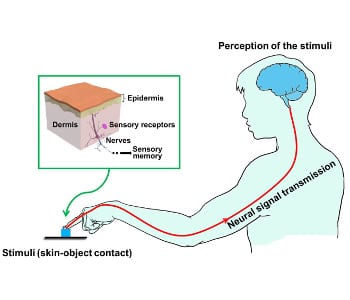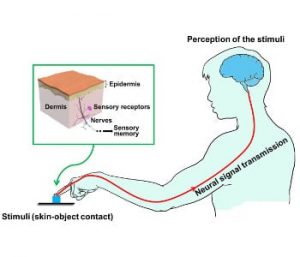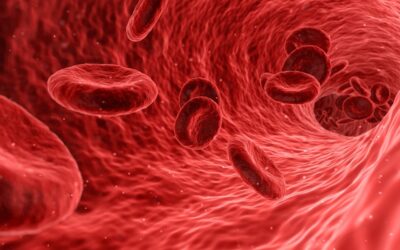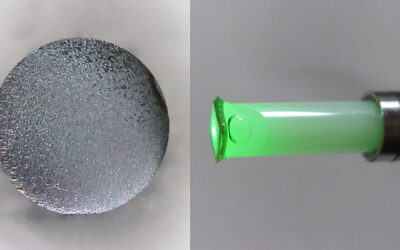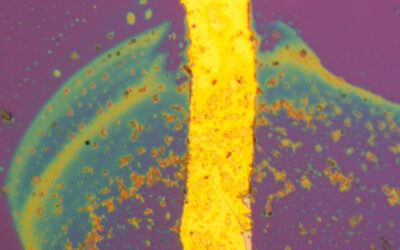Skin is the largest organ in the human body. It comprises a variety of sensory receptors that respond to external stimuli and transmit sensory information to the brain through afferent nerves to form sensory memory, allowing human to recognize their surrounding environment and conduct daily activities. The exquisite sensations of the skin have inspired rapid advancement of high performance skin-like sensing devices. In the past decade, tremendous efforts have been engaged in the improvement of flexible pressure sensors for electronic skins, to emulate the haptic sensation of natural skin. On one hand, sensor sensitivity has increased dramatically and devices have demonstrated ultrahigh sensitivity with very low external pressure. On the other hand, pressure sensors for electronic skins have been endowed with intriguing properties which are not possessed by natural skin, such as transparency, camouflage, self-power, and ultra-light weight. The critical challenge for these sensing devices is to retain the sensation information after removal of the external stimuli.
Resistive switching memory has emerged as an excellent candidate to achieve the mimicry of haptic memory, because it can be utilized to emulate the memory functionality of the brain by constructing artificial neuromorphic networks, as it behaves similarly to neural synapses in storing analogue values.
Exploring this, Chen et al. have developed haptic memory arrays which can detect and retain external pressure distribution. These memory arrays were achieved by rational integration of microstructured pressure sensors with resistive switching memory devices, where a memory cell could be electrically programmed between different states in existence of pressure. They not only demonstrated high sensitivity towards low external pressures in accordance with tactile sensing, but could retain the pressure information after the removal of external pressure for a long time by virtue of the nonvolatile properties of the memory devices. The rise of haptic memory devices opens the door of opportunities for the mimicry of human sensory memory, providing guidelines for designing next-generation sensing systems for applications in electronic skins, humanoid robotics and human-machine interfaces.

